
Our Plazas Have Vanished... How Can Arab Cities Reclaim Their Public Spaces?
According to a 2022 UN report, less than 25% of urban space in Arab cities is dedicated to public areas, compared to 45% in some European cities.
Construct Vision Team
5/18/20255 min read
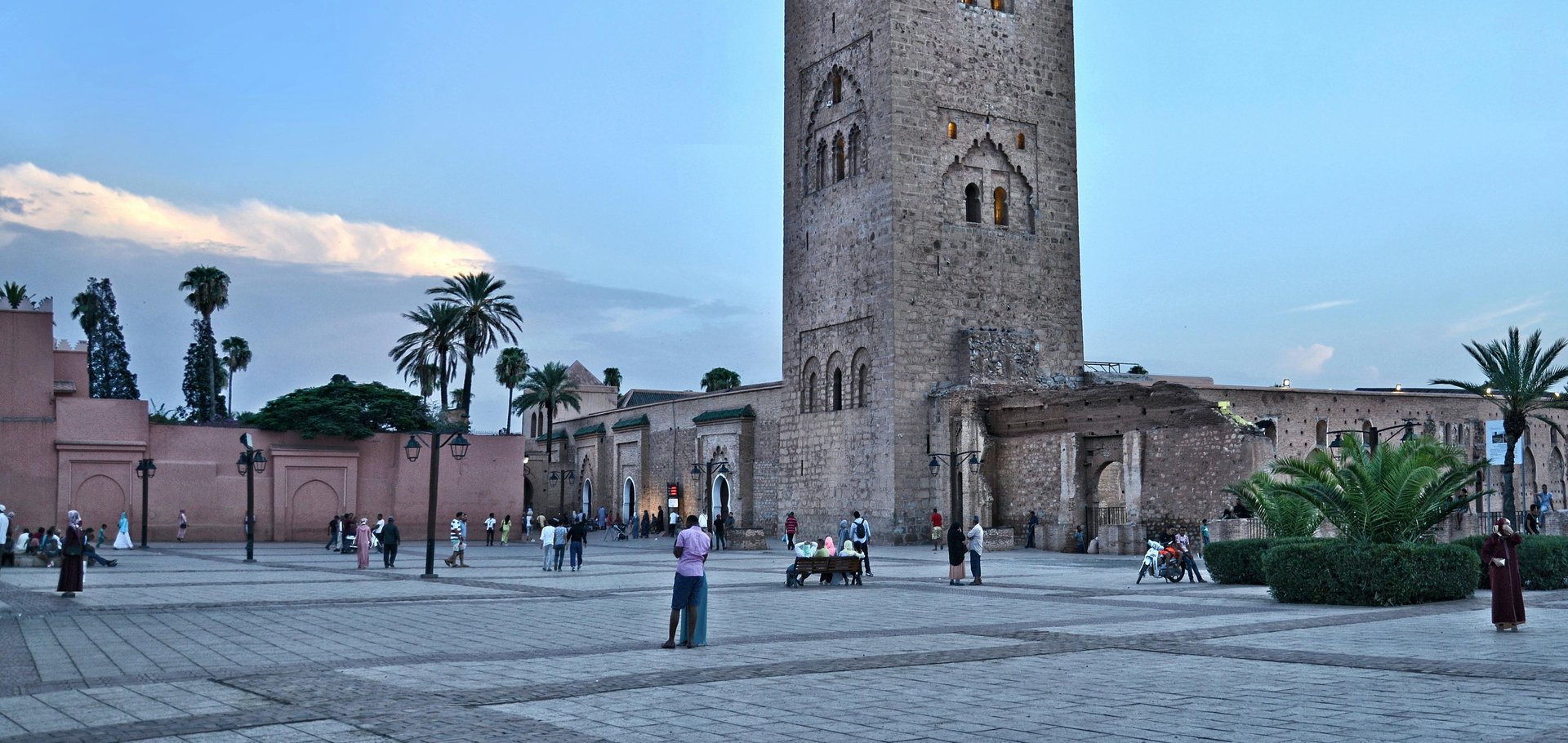
In urban planning literature, public plazas are considered the "living fabric" that connects a city’s architectural structure with its social dimension. They are not merely voids between buildings but productive spaces for identity, dialogue, and civic engagement.
In traditional Arab cities, the plaza was an organic extension of the market, mosque, bathhouse, and even the home—a shared space that bore witness to the pulse of daily life.
With the rapid shifts in urban planning patterns, particularly after the mid-20th century, plazas gradually disappeared from modern Arab cities. They were replaced by neutral or enclosed voids lacking the social and architectural functions these spaces once served. Closed shopping malls and car-congested streets now dominate—spaces that are either socially ineffective or commercial, imposing conditions on their use.
Today, fundamental questions arise in the fields of architecture and urban planning:
• Why have public plazas declined in Arab cities?
• Can their role be restored without falling into the trap of "replicating voids"?
• What design tools and urban policies can reintroduce them as active elements in shaping humane cities?
According to a 2022 UN report, less than 25% of urban space in Arab cities is dedicated to public areas, compared to 45% in some European cities.
But can plazas be reclaimed? Can they once again become the beating heart of cities as they were in the past?
This article attempts to deconstruct these challenges through a historical tracing of plazas, an analysis of the current reality, and a review of successful examples in reactivating public spaces.
From Vibrant Plazas to Forgotten Voids: Where Did Our Plazas Disappear?
In ancient Arab cities—from Fez to Aleppo and from Baghdad to Tunis—plazas were not just extensions of buildings but dynamic centers for social, religious, and economic interaction. Seasonal markets, public celebrations, reconciliation councils, and even political decisions took place there. They were carefully designed, considering climate, shade, and orientation, while activating pedestrian movement and activity distribution around them.
In Fez’s old city, planning studies indicate that approximately 18% of the total area was dedicated to open plazas or meeting points, compared to less than 5% in the city’s modern expansions. Narrow alleys converge into small plazas used for rest, gatherings, and trade. Similarly, in Marrakesh, Jemaa el-Fnaa Square remains a symbol of the social and cultural function of public space to this day.
Kasbah Square – Tunis
Transformed from a chaotic traffic hub into a vibrant pedestrian space through the rehabilitation of pavements, the introduction of water features, and the allocation of areas for cultural activities. This revival restored the square’s historical role as a meeting place.
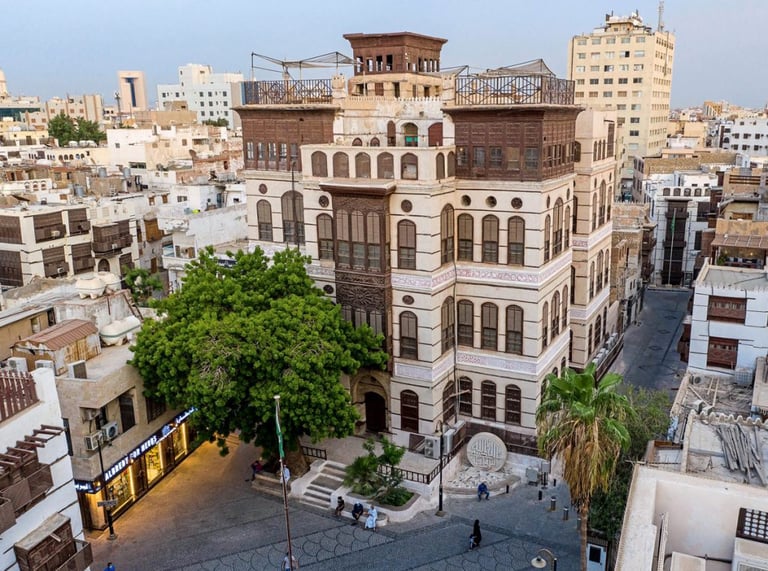

Msheireb – Doha
In the heart of the city, the concept of the square was reimagined from a modern perspective, integrating biophilic design, natural shading, and multi-level spaces. Here, the spaces are not only aesthetically pleasing but also thoughtfully designed to activate daily activities and connect the public to local identity.
All these examples point to a significant shift: from "the plaza as an overlooked urban element" to "the plaza as a strategic tool for social cohesion."
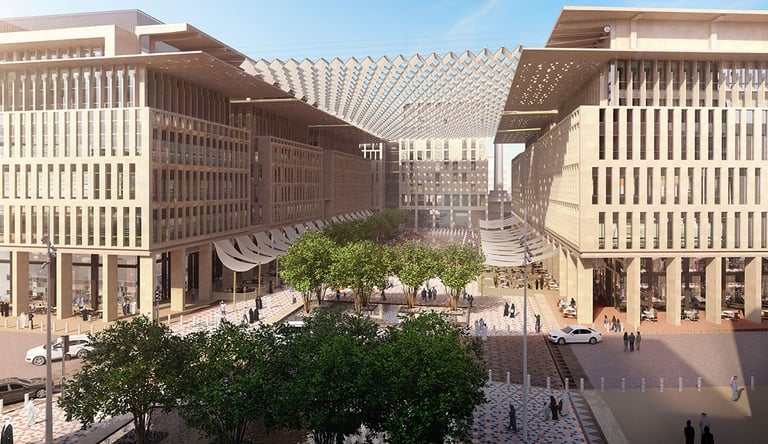

Share the post
Subscribe to our newsletters:

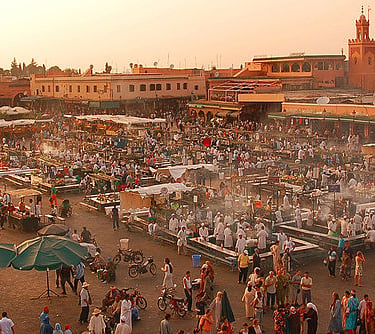
However, starting in the second half of the 20th century, with waves of imported modernization, Western planning models unsuited to the local context were applied. Cities became centered around cars rather than humans, plazas shrank to make way for parking lots, and buildings expanded at the expense of shared spaces.
The result was a decline in urban quality of life, with the disappearance of spaces for spontaneous gatherings and social events.
In many Gulf cities, "plazas" were replaced by massive parking lots in front of malls. According to a 2021 World Bank report, the average walkable public space per capita in Gulf cities is only 1.2 m²/person, compared to 9.5 m²/person in Copenhagen.
These transformations affected not only the city’s form but also the quality of life, the sense of belonging, and the culture of "spontaneous encounters" that characterized Arab societies.
How Have Some Cities Reclaimed the Pulse of Their Plazas? Inspiring Examples from the Arab World
Despite the significant decline in the status of public plazas in modern Arab planning, notable initiatives have emerged in recent years to revive these spaces, but under new conditions that prioritize humans and reimagine public space in a sustainable and contemporary way.
Historic Jeddah – Saudi Arabia
The restoration project of "Al-Balad Jeddah" went beyond buildings to rethink plazas as urban connectors. Spaces were redesigned as platforms for culture and art, incorporating climatic elements such as shading, seating arrangements, and visual connections between the space and surrounding buildings.
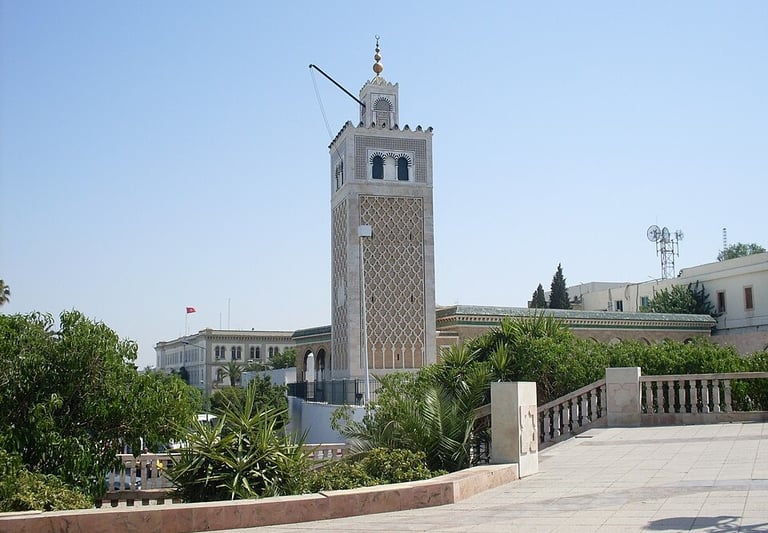

Technology and Participatory Design: Keys to the Future of Public Plazas
In upcoming smart cities, plazas will no longer be the product of traditional centralized planning but will emerge at the intersection of three axes: data, people, and sustainability.
Data-Driven Design
Using Human Flow Analytics, designers can understand how people move and gather in public spaces. This data enables the creation of plazas that "interact" with users, thriving during peak times and quietly retreating when needed.
Participatory Design
The model of "the planner is not the sole decision-maker" has become a new norm. Through digital workshops and virtual reality platforms, ordinary users can "test" the plaza before it is built, providing feedback on shading, seating, and even activity types.
Smart Technologies
• Rotatable benches that adjust automatically to the sun’s position.
• Smart pavements that generate energy from footsteps.
• Environmental guidance screens and interactive apps that highlight plaza activities.
The Plaza as an Urban Sensor
Public plazas are no longer static spaces. Today, they are transforming into digital mirrors of the city, reflecting the pulse of life and suggesting design modifications via artificial intelligence, based on residents’ needs.
Conclusion:
Technology now intersects with every detail of our lives. Public plazas are no longer built solely from concrete and stone but from data, ideas, and shared experiences. They are not just voids but civic tools.
According to an MIT study, every 1 m² of well-designed public space can reduce feelings of isolation by 8-10%.
Think With Us:
If future plazas can adapt to our needs, are we ready to engage with them as users and designers?
What is your role—as an architect or decision-maker—in building plazas that reflect the people who inhabit them?
Share your vision... How do you imagine your city’s plaza in 2035?


